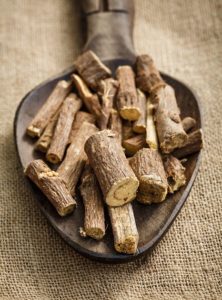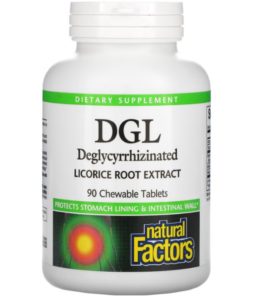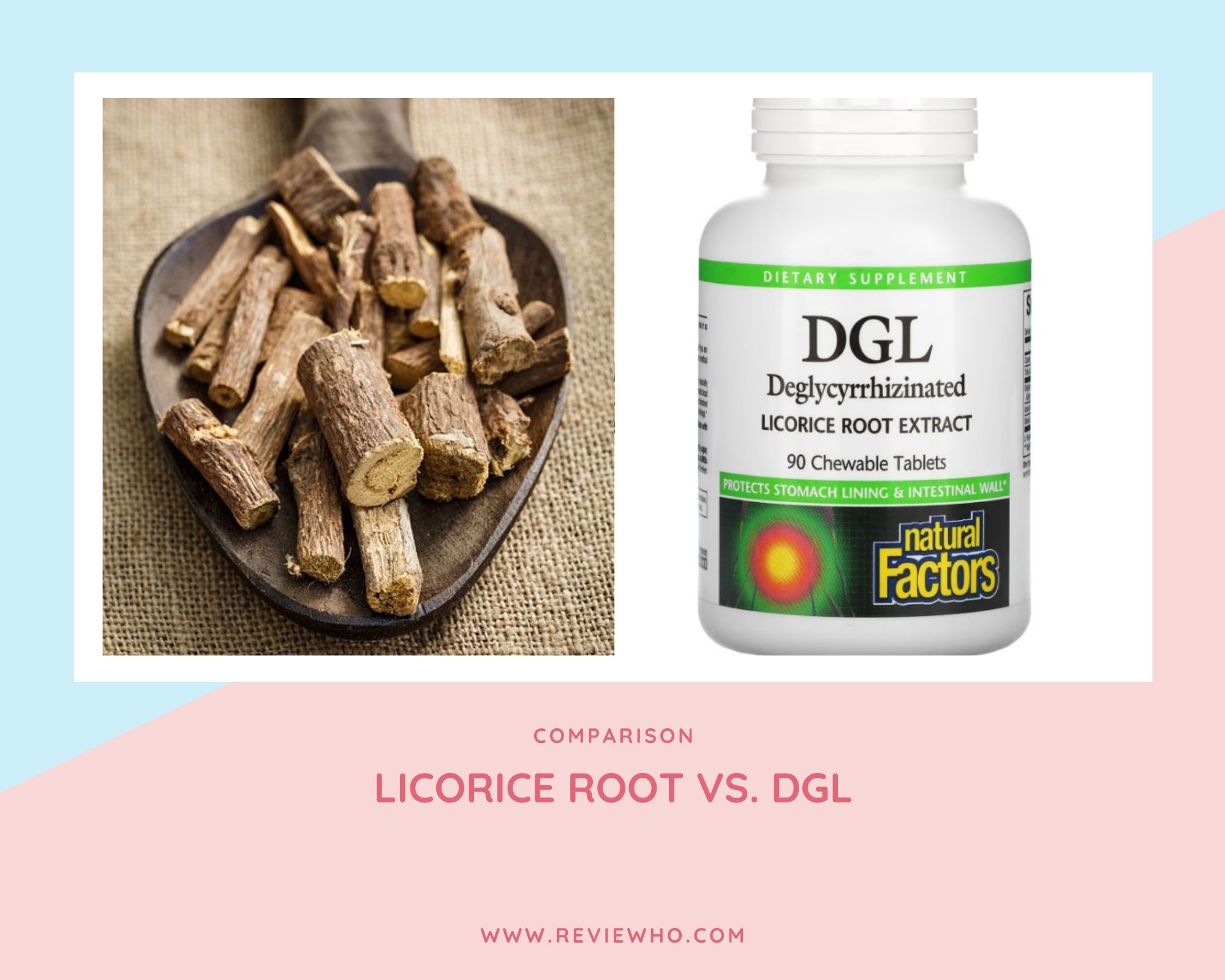You might have heard herbalists talking about licorice or deglycyrrhizinated licorice, also known as DGL. Licorice has been known to work as an herbal remedy for a very long time.
But is licorice the same as DGL? Before you can use either of the two, it is better to understand how these two differ.
In our post, we have discussed the difference between licorice root and DGL. We will talk about how these two are related to each other. Hopefully, by the end of the post, you will understand which of the two you need. Let’s get to it.
DGL vs. Licorice Root

Licorice root is harvested from licorice, also known as the Glycyrrhiza glabra. For thousands of years, licorice has worked as a great herbal remedy, as well as a food ingredient.
Now, DGL stands for deglycyrrhizinated licorice. It is derived from the licorice root.

Licorice is normally dried and ground to form a powder or extract the liquid. But unfortunately, there is glycyrrhizic acid that is present in the root. This acid might have certain negative effects on some people.
DGL is formed when the acid present in the licorice root is removed. The process of removing this acid is known as deglycyrrhizination.
You should know that DGL also has benefits that are useful in treating certain conditions. If you purchase a licorice product that has gone through the process of removing the acid, it will be specified on the product.
Safety
We have mentioned that there are potential side effects that might be caused by the acid in licorice root. Well, with regular licorice, there are adverse effects including electrolyte imbalance, low potassium levels, as well as hypertension that might occur. However, this will not occur with DGL.
DGL is safe even for people with high blood pressure. The reason? The glycyrrhizin is removed.
The Benefits
If you come across DGL, you will enjoy the soothing, maintenance, and support of a healthy mucous membrane in your gastrointestinal tract. Additionally, it can help support healthier esophageal membranes.
To promote optimal digestive support, it is recommended that you chew DGL. That will allow it to release the natural compounds that make it and the body can then enjoy the benefits.
Conclusion
There is a lot of ongoing research related to DGL. It has been found that there are chances it might be useful for people with peptic ulcers. However, because of the deglycyrrhizinated licorice vs. licorice root difference, it is not recommended that you use the normal licorice for any purposes. That is because of the side effects associated with it.




